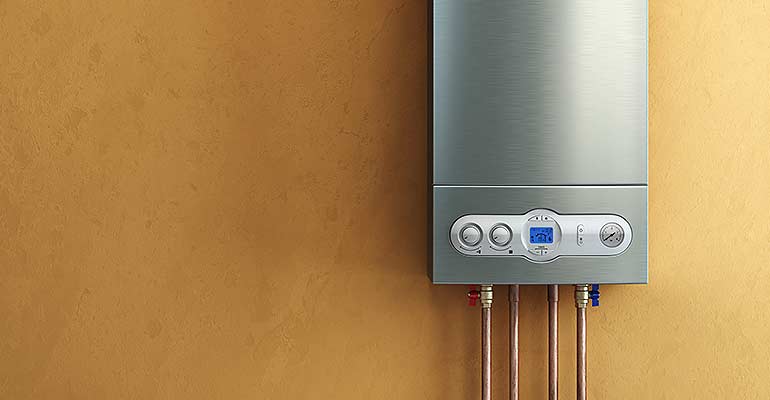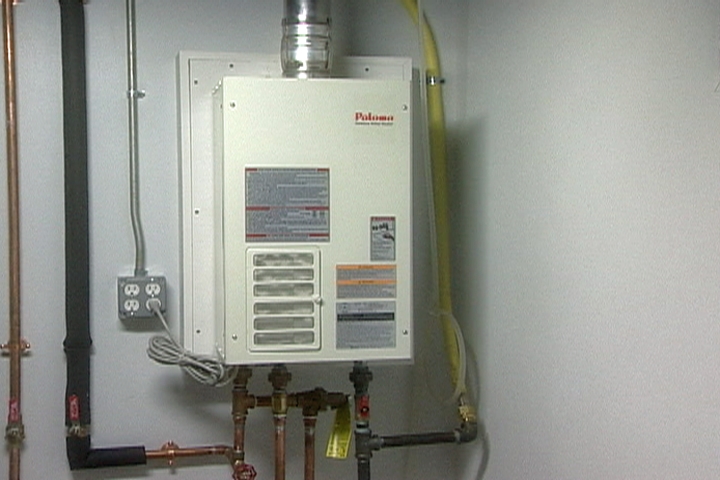Caring for Your Home's Hot Water System: Important TipsUseful Techniques for Caring for Your Home's Hot Water System
Click HereHere underneath you will find lots of good quality data involving Tips on Maintaining a Water Heater.

Hot water is essential for everyday convenience, whether it's for a refreshing shower or washing meals. To guarantee your warm water system runs efficiently and lasts longer, regular upkeep is vital. This article provides useful ideas and understandings on how to preserve your home's hot water system to avoid disruptions and costly repair work.
Introduction
Preserving your home's warm water system could appear challenging, but with a few easy actions, you can guarantee it runs efficiently for years ahead. This guide covers everything from recognizing your warm water system to do it yourself upkeep pointers and recognizing when to call specialist assistance.
Value of Preserving Your Warm Water System
Normal upkeep not just expands the life-span of your warm water system but also ensures it operates effectively. Overlooking maintenance can result in decreased performance, greater power costs, and also early failing of the system.
Indicators Your Warm Water System Requirements Upkeep
Recognizing when your warm water system requires focus can protect against major problems. Look out for signs such as inconsistent water temperature level, weird sounds from the heating unit, or rustic water.
Flushing the Water Heater
Flushing your water heater gets rid of debris build-up, boosting effectiveness and extending its life.
Checking and Replacing Anode Rods
Anode rods protect against deterioration inside the container. Evaluating and changing them when worn is vital.
Complicated Issues Calling For Specialist Assistance
Examples include significant leakages, electrical problems, or if your water heater is continually underperforming.
Routine Professional Upkeep Advantages
Professional upkeep can consist of extensive inspections, tune-ups, and making certain conformity with safety criteria.
Evaluating and Changing Temperature Setups
Changing the temperature setups ensures ideal performance and safety and security.
DIY Tips for Upkeep
You can perform numerous maintenance tasks on your own to keep your warm water system in leading condition.
Looking for Leaks
Regularly examine pipelines and connections for leakages, as these can lead to water damage and higher costs.
Comprehending Your Hot Water System
Prior to diving into upkeep tasks, it's helpful to recognize the basic parts of your hot water system. Commonly, this consists of the hot water heater itself, pipes, anode poles, and temperature level controls.
Monthly Upkeep Tasks
Regular regular monthly checks can help catch small problems prior to they escalate.
Examining Pressure Alleviation Valves
Testing the stress relief valve ensures it operates properly and prevents extreme pressure build-up.
Insulating Pipelines
Insulating hot water pipelines reduces warm loss and can conserve energy.
When to Call an Expert
While DIY maintenance is valuable, some problems need expert proficiency.
Conclusion
Normal upkeep of your home's warm water system is important for effectiveness, long life, and cost savings. By adhering to these tips and understanding when to look for specialist help, you can guarantee a trustworthy supply of warm water without unexpected interruptions.
How to Maintain an Instant Hot Water Heater
Before tinkering with your hot water heater, make sure that it’s not powered on. You also have to turn off the main circuit breaker and shut off the main gas line to prevent accidents. Also turn off the water valves connected to your unit to prevent water from flowing into and out of the appliance. 2. When you’re done, you have to detach the purge valves’ caps. These look like the letter “T” and are situated on either side of the water valves. Doing so will release any pressure that has accumulated inside the valves while at the same time avoid hot water from shooting out and burning your skin. 3. When the purge valves’ caps are removed, you have to connect your hosing lines to the valves. Your unit should have come with three hoses but if it didn’t, you can purchase these things from any hardware or home repair shops. You can also get them from retail stores that sell water heating systems. Read the user’s manual and follow it to complete this task properly. When the hosing lines are connected, open the purge port’s valves. 4. You should never use harsh chemical cleaners or solutions when cleaning your unit. Make use of white vinegar instead. It should be undiluted and you’ll probably use about 2 gallons. 5. Now flush your water heater. This task should probably take about 40 minutes. We can’t give you specific directions for this because the procedure is carried out depending on the type, model and brand of your heater. With that being said, refer to the user’s manual. 6. When you’re done draining the unit, you have to turn off the purge port valves again. Remove the hosing lines that you earlier installed on each of the water valves. Put the valve caps (purge port) back in their respective places and be very careful so as not to damage the rubber discs that are found inside these caps. 7. Now that everything’s back in place, check your user’s manual again to find out how to reactivate your water heating system. 8. Once it is working, turn one of your hot water faucets on just to let air pass through the heater’s water supply pipes. Leave the tap on until water flows smoothly out of it. https://www.orrplumbing.com/blog/2014/september/how-to-maintain-an-instant-hot-water-heater/

I recently found that review about How to Maintain a Hot Water Heater in a Few Simple Steps while surfing the search engines. Loved our blog entry? Please quickly share it. Help other people check it out. Bless you for your time. Don't hesitate to come by our site back soon.
This Website